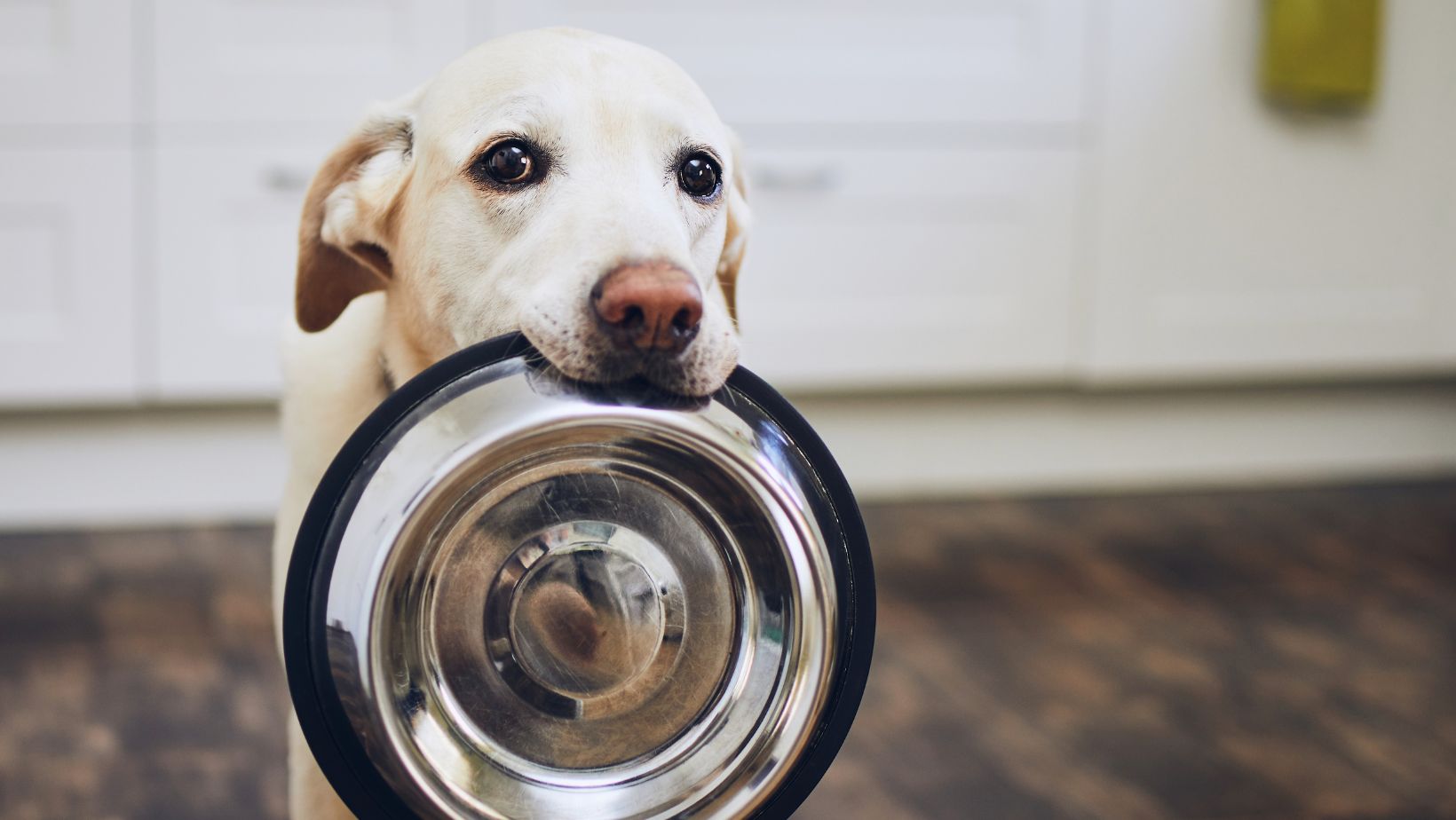Are you frustrated by your Labrador’s incessant chewing on everything in sight? Rest assured, you’re not alone. Many dog owners face this common problem. In this article, I’ll share some effective strategies to help you stop your dog from chewing everything he sees.
How to Stop Dog From Chewing Everything He Sees
When it comes to a dog’s chewing behavior, there can be various underlying causes. Understanding these reasons is crucial in addressing and resolving the issue. Here are some common factors that may contribute to your Labrador’s tendency to chew on everything:
- Teething: Just like human babies, puppies go through a teething phase where they experience discomfort and itching in their gums. Chewing helps alleviate this discomfort and aids in the process of new teeth coming in.
- Boredom or Lack of Mental Stimulation: Dogs are intelligent animals that require mental stimulation and regular exercise to keep them happy and content. If they don’t receive enough mental or physical activity, they may resort to chewing as a way to relieve boredom or excess energy.
- Anxiety or Stress: Dogs often chew as a coping mechanism for anxiety or stress-related issues such as separation anxiety, fear, or changes in their environment. Chewing can provide them with comfort and help alleviate their emotional distress.
- Lack of Proper Chew Toys: Providing appropriate chew toys is essential for redirecting your dog’s chewing behavior onto acceptable items. Without suitable alternatives, dogs may resort to chewing on furniture, shoes, or household objects out of necessity.
Signs That Indicate Your Dog’s Chewing Is a Problem
While some degree of chewing is natural for dogs, excessive or destructive chewing can become problematic. Here are signs that indicate your Labrador’s chewing behavior may be an issue:
- Destruction of Personal Belongings: If you find your cherished belongings destroyed by your dog’s sharp teeth consistently, it’s likely a clear indication that their chewing has escalated beyond normal limits.
- Ingestion of Inedible Objects: Another concerning sign is when your dog starts swallowing pieces of objects they’ve chewed on rather than just gnawing on them. Ingesting non-edible items can lead to serious health issues, including intestinal blockages.
- Constant Chewing Despite Proper Training: If you’ve provided your dog with appropriate chew toys and trained them to use them but they continue to prefer chewing on other objects instead, it may indicate an underlying problem that needs to be addressed.

Provide Appropriate Chew Toys and Alternatives
When it comes to tackling the issue of your Labrador chewing everything in sight, providing appropriate chew toys and alternatives is a crucial step. Here are some helpful suggestions to redirect their chewing behavior:
- Choose durable and safe chew toys: Invest in sturdy, dog-specific chew toys that can withstand the strong jaws of a Labrador. Look for options made from materials like rubber or nylon, which are designed to endure intense chewing.
- Rotate the toys: Keep your furry friend engaged by rotating their chew toys regularly. This will help prevent boredom and keep them interested in their designated items rather than seeking out household objects to gnaw on.
- Consider interactive puzzle toys: Stimulate your Labrador’s mind while satisfying their natural urge to chew by introducing interactive puzzle toys. These types of toys require mental effort to access treats or rewards, keeping your dog engaged for longer periods.
Remember, each dog has different preferences, so try out various options until you find what works best for your Labrador’s chewing habits. By providing appropriate chew toys and alternatives, you’ll redirect their focus towards acceptable items while discouraging destructive behavior around the house.